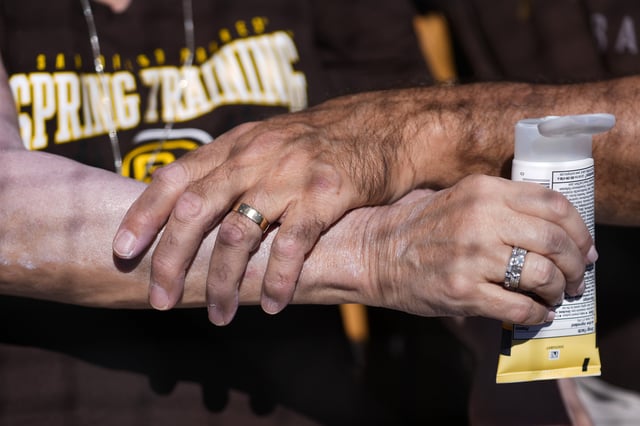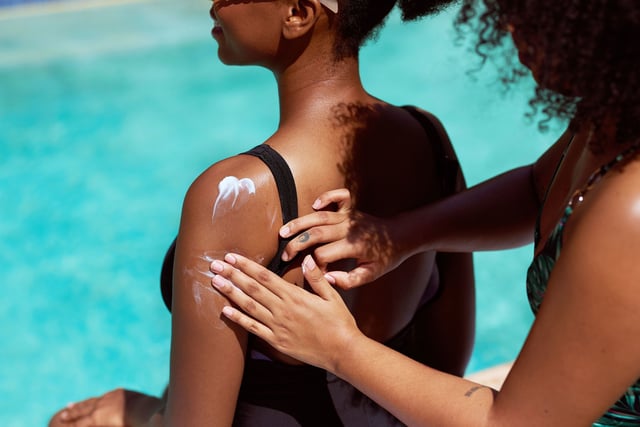Overview
- Only 25% of the 2,200 sunscreens analyzed in the 2025 EWG report meet safety and efficacy standards for balanced UVA and UVB protection.
- FDA regulations for sunscreen have not been updated since 1999, leaving U.S. consumers without access to advanced, safer ingredients approved in Europe and Asia.
- Spray sunscreens, which make up 26% of the market, pose inhalation risks and often provide uneven coverage, with FDA aerosol testing rules still not finalized six years after being proposed.
- The use of harmful ingredient oxybenzone has dropped from 70% to 9% of non-mineral sunscreens, but 36% of products still list undisclosed fragrances containing allergens and potential carcinogens.
- Consumers are urged to opt for mineral sunscreens with zinc oxide or titanium dioxide, avoid high SPF claims, and use protective clothing and shade for additional sun safety.


